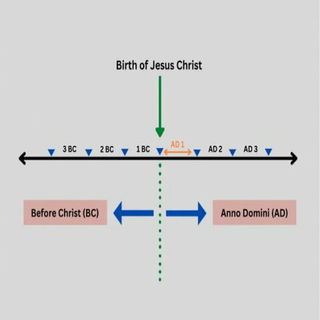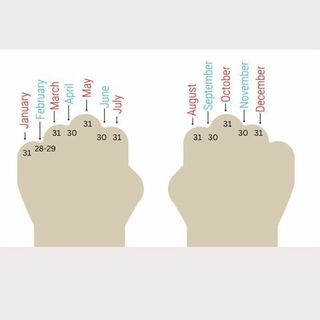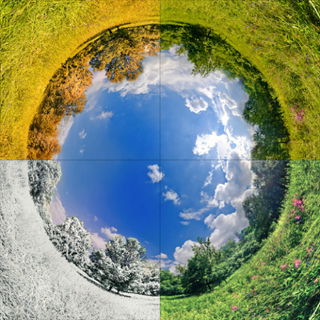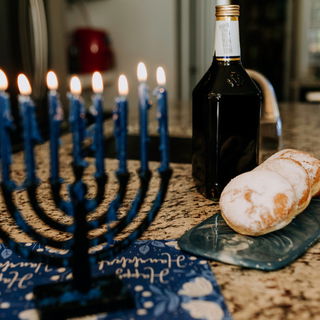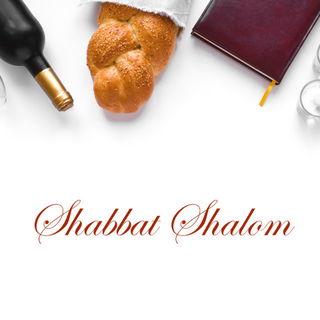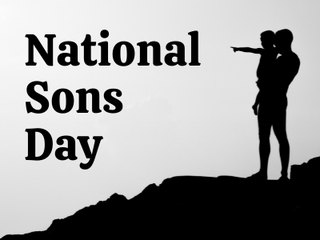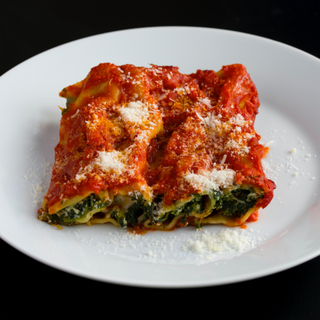Yom Kippur begins on Wednesday, October 1, 2025, at sundown and ends on Thursday, October 2, 2025, at nightfall. The holy day is observed on the tenth day of Tishri, the seventh month in the Hebrew Calendar.
Yom Kippur, famously called the 'Day of Atonement,' is a day of fasting, praying, and repentance. People pray to god and seek forgiveness for all their sins on this day.

Yom Kippur is not a public holiday in the U.S., U.K., Canada, or India.
The Hebrew phrase 'Yom Kippur' (יוֹם כִּפּוּר) literally means 'Day of Atonement.
- Yom (יוֹם) = Day
- Kippur (כִּפּוּר) = Atonement
Significance of Yom Kippur
On Yom Kippur, Jewish people seek to recompense their sins and achieve reconciliation with God on the 10th day of the lunar month (Tishri). The day ends the '10 days of repentance' that begin with Rosh Hashanah (New Year's Day) on the first day of Tishri.
It is said that through the acts of repentance and purification, God decides the course of the remaining year, thus making this a significant period. According to the Mishnah (Jewish text), God notes down the names of people who are good, evil, and in between. Thus, Jews pray, repent, and perform charitable deeds on this day to earn their name in the Good Book.
According to the Bible, Yom Kippur is Shabbat Shabbaton ("Sabbath of Solemn Rest," or "Sabbath of Sabbaths"). It is because although the holy day may fall on a weekday, only on Yom Kippur, the solemnity and suspension of work are completed.
Yom Kippur is marked by restraint from food, drinks, and marital relations. Many orthodox Jews also avoid washing, applying oil and lotions, and wearing leather. They prefer wearing Kittel (white robes) on this day.
Yom Kippur History
In 2448 (1313 BCE), a few months after the people of Israel left Egypt, they committed a sin by worshiping a golden calf. Following the event, Moses had to ascend Mount Sinai and pray to God for forgiveness.
Finally, after a period of 40 days on the mountain, they obtained complete divine favor. On the 10th day of Tishri, Moses came down the mountain, making it the Day of Atonement or Yom Kippur. The same year, the people built a portable home for God, the Tabernacle.
The Tabernacle was the place for prayers and sacrificial offerings. During Yom Kippur, the high priest performs the ritual which is followed by a sacrificial ceremony. He confesses his own sins and the sins of other priests and offers incense in the Holy of Holies (the place ark was housed). Two goats are brought but only one is sacrificed, symbolically carrying all sins of the people of Israel. The other one is sent out into the wilderness (Azazel).
Yom Kippur Preparations: Traditions and Rituals Before the Fast
At the beginning of Elul, which is forty days before the 'Day of Atonement', people blow the shofar every morning and recite Psalm 27 after completing their morning and afternoon prayers.
One week before the holy day (famous as the ten days of repentance), prayers are recited with notable additions, and the people of Israel strictly observe the mitzvah.
A day before Yom Kippur, people eat and start preparing for the holy day's observance rituals and fasting. The activities people follow on the day before Yom Kippur are:
- In the wee hours of the morning, Kaparot (chicken passed over one's head by reciting prayers) is performed.
- After that, they have two festive meals, first in the early afternoon and second before the fast begins. After the second meal, blessings are given to the children.
- Special charity trays are distributed. A special custom of requesting and receiving honey cake is also observed so that they are blessed with a sweet year.
- Candles are lit before the onset of the 'Day of Atonement'.
On The Day of Yom Kippur
On the day of Yom Kippur, no work should be done from sundown on the 9th day of Tishri to the time the stars come out in the evening of the 10th day.
The people of Israel beset themselves by strictly avoiding eating and drinking, wearing leather shoe, bathing or washing, applying oil, lotions, or cream and engaging in marital relations.
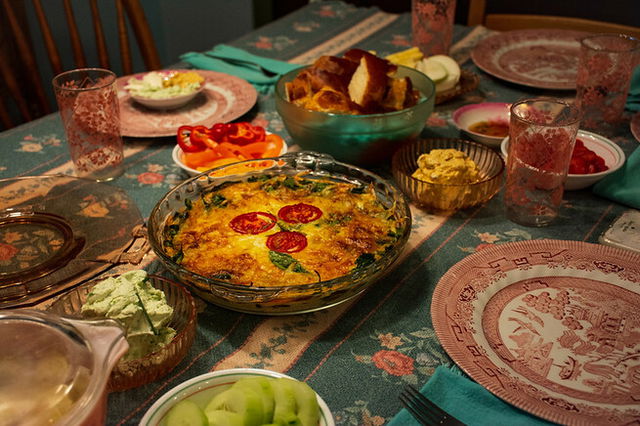
The holy day is marked by the synagogue and five prayer services:
- Maariv: This is a service performed on the eve of Yom Kippur which speaks about how God created the heaven and earth.
- Shacharit: This is the Morning Prayer that includes a reading from Leviticus followed by the Yizkor memorial service.
- Minchah: It is the reading of the Book of Jonah.
- Musaf: Musaf is the central service of Yom Kippur in which rich melodies such as 'Untane Tokef' is played.
- Neilah: Also known as the "closing of the gates", this service is held at sunset followed by the blowing of shofar marking the end of the fast.
Post Yom Kippur
After nightfall, the last Neilah service ends with the lines of the Shema prayer,
"Hear O Israel: God is our Lord, God is one."
Following this, people break into joyous songs and dances as a part of their custom (a Chabad custom singing the 'Napoleon's March').
Lastly, the shofar is blown as they proclaim, "Next year in Jerusalem." People have a post-fast festive meal and celebrate with their families.
You might find these articles interesting:
